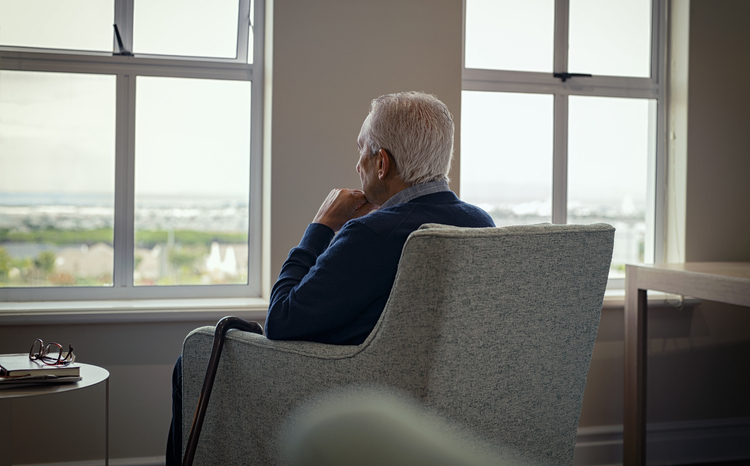Council counts savings of telecare for elderly
- 22 January 2007
An audit by Gloucestershire County Council looking at the amount of savings available to them by implementing telecare found that it could save £15,000 on the treatment of just three elderly patients.
The council began a pilot project of ‘Telecare in Gloucestershire’ (TeleG) in the Gloucester and Forest of Dean regions in 2004 and set up a Telecare Project Management Board to manage the project.
In order to consider a cost benefit analysis, the trust set up a strategy development board and looked into cases that could benefit from the implementation of telecare, which was reviewed by a group of industry professionals.
Of 12 random cases, the council focused on three elderly patients to examine the potential savings they could make from implementing telecare.
Speaking to the Laing and Buisson Telecare and Assistive Technology conference last week, Kim Carey, director of operations and development in the community and adult services directorate told the audience how the council calculated the potential savings.
“We focused on three random patients who we felt would get the most benefit from the implementation of telecare in their homes. The first was an 80 year old woman, who lives alone and suffers from Parkinson’s diseases. She also has visual impairment and mobility issues and has fallen on several occasions. We put her on a telecare falls programme costing £501, compared to the costs of her having carers visiting, fees for residential care and accident and emergency admissions, and implementing the programme could save up to £2352.
Carey added: “The second was an 87 year old woman who has mobility issues due to an earlier stroke and has memory and hearing problems. She is cared for her by her son. By implementing stroke monitoring technology, costing £573 we can save on carer time and residential care fees for at least six months bringing a potential saving of £11,387.”
She said another example of benefits measured included an 80 year old man who has reduced mobility and long term memory loss, who had suffered from falls, and relies on his two daughters to remind him to take his medicine."
Carey said "We installed a falls programme and medication adherence system, costing £1047. This helps support his daughters, delay any residential care by at least six week and prevent unnecessary A+E admissions, bringing a total potential saving of £1806."
To calculate the costs and benefits of telecare, the council looked at both the direct costs, including the purchasing of equipment, installation and maintenance fees and training costs as well as indirect costs, such as staff and domestic care costs.
Carey said: “By doing this cost benefit analysis, it became clear to us that costs can be easily reduced by providing people with independence in their own homes, but monitoring them to make sure they are healthy and safe. There is a big lack of awareness about telecare, and it does take some explaining, but most patients realise the benefits after a while and I would strongly recommend it.”
Following the audit, Gloucestershire have begun deploying telecare across the county to patients who would benefit most from the devices.
The cost savings have continued to be shown as patients who have normally spent thousands on homecare or have needed to spend long periods of time in hospital, due to accidents have been able to become much more active and have assistance quickly through telecare packages such as falls detectors and lifeline monitors.
Carey said: “Some elderly patients don’t like the sound of technology, but when explained to them, they realise that it could help them and give them the independence they want. It makes them more active and confident, as they know that help is on hand if they need it, but they don’t need a carer to be with them all the time. It is clearly making a difference to patients.”
The council is now planning a service user satisfaction survey to establish qualitative benefits and has commissioned an external report into its TeleG programme.




